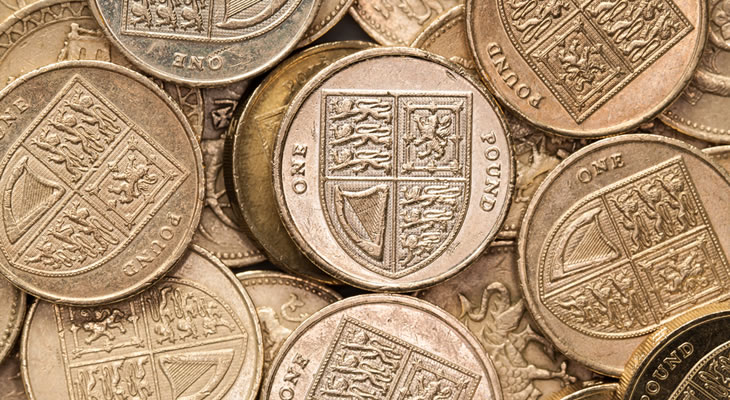The Pound has risen by 0.7% against the Australian Dollar recently, but faces high turbulence ahead on September’s Bank of England (BoE) meeting.
GBP AUD Outlook: Traders Wary of BoE Policy Tightening
As soon as noon on Thursday, the Pound could turn highly volatile against the Australian Dollar. This is because in the context of higher UK inflation, the Bank of England (BoE) may find itself forced to take drastic action.
UK inflation in August has recently been shown to have risen from 2.6% to 2.9%, something that puts inflation far above the BoE’s 2% target. Additionally, the more accurate core inflation figure has also printed 2.7%, heaping further pressure on the UK central bank.
The issue on Thursday is whether the BoE hints at raising UK interest rates in the future. Higher rates would work to lower inflation, as consumers would find savings accounts more attractive. Additionally, the repayment cost for borrowing money would also go up.
The major issue, however, is that UK wage growth remains below the current pace of inflation. Although there are signs that the two measures could converge in the future, as long as there is a gap then UK consumers will face declining real incomes.
This means that they could be forced to take out loans and accumulate debt to pay for basic needs, raising the stakes if interest rates suddenly rise.
The BoE is in an extremely difficult situation, but if it looks like they may be biting the bullet and considering higher interest rates then the Pound could spike up against the Australian Dollar.
Australian Dollar could be Unsettled by Future Confidence Measures
As well as high UK inflation pushing the Pound up against the Australian Dollar, the ‘Aussie’ has conversely been weakened by a disappointing measure of business confidence.
The NAB business confidence measure for August showed a slide from 12 points to 5, exceeding the estimates of a smaller drop to 9 points.
Looking at the figures, NAB Chief Economist Alan Oster said;
‘For those indicating deterioration in confidence, the biggest concerns appear to be customer demand, government policy, as well as cost pressures — both energy and wages.
We will be watching this trend closely as household consumption is a notable point of difference between our relatively subdued growth outlook and the Reserve Bank of Australia’s (RBA) more sanguine forecasts, and will be key to the economy’s sustained return to trend growth’.
Oster has also warned that high household debt and underemployment remain issues in the Australian economy. If these factors translate to a future crash in consumer confidence, this could set alarm bells ringing for AU economists.
Recent Interbank GBP AUD Exchange Rates
At the time of writing, the Pound to Australian Dollar (GBP AUD) exchange rate was trading at 1.6533 and the Australian Dollar to Pound (AUD GBP) exchange rate was trading at 0.6046.


Comments are closed.